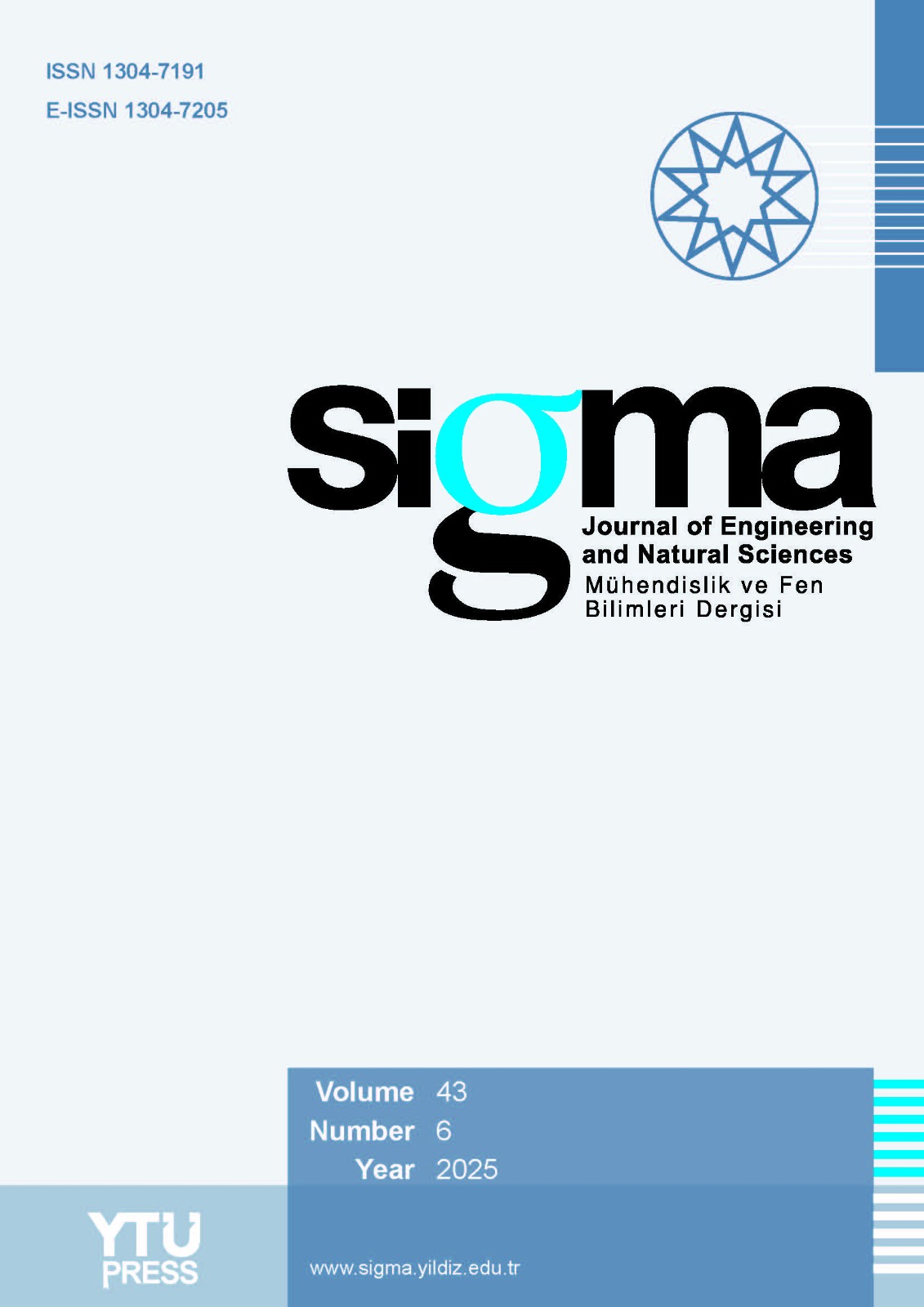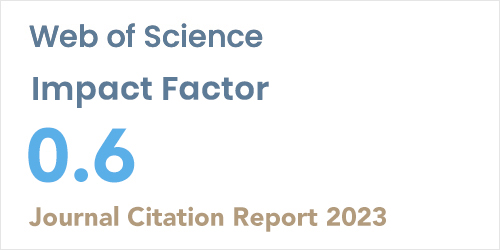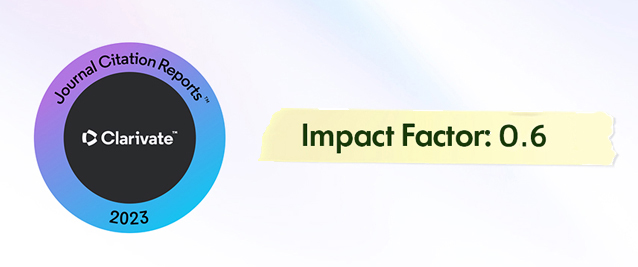2Department of Software Development, Faculty of Applied Sciences, Istanbul Aydin University, Istanbul, 34295, Türkiye
Abstract
Services and applications open to the internet are the target of advanced cyber-attacks. Disaster Recovery Centers are one of the most important infrastructures where systems storing critical data operate with active backup mechanisms. As Disaster Recovery Centers systems are critical infrastructures for business continuity, cyber-attacks can cause valuable corporate and personal data to be seized by cyber attackers. This, in return, results in material and moral damages to institutions, individuals and states. An architecture has been developed to meet the security needs against cyber-attacks by utilizing new and emerging technological infrastructures on Disaster Recovery Centers (DRC). The flowchart and pseudocode structure of the architecture have been presented. Additionally, the scientific distinction lies in the success rates demonstrated by the architecture through the combined use of professional applications and framework systems. This architectural infrastructure has been simulated in the application environment and subjected to performance tests with accessible professional applications and real-world cyber-attack vectors. The novelty of this work is that it leverages all of the globally used and accessible EVENG, Nessus, OpenVAS, Kali, Parrot, Enterprise Attacker Tactics Techniques and Common Knowledge (MITRE ATT&CK), National Institute of Standards and Technology (NIST) v2 professional applications and framework systems, which are used and accessible worldwide, were used. A comprehensive application was carried out in a simulation environment with 99 different real-world systems, 14 virtual networks, 10 attack vectors, 10 internet protocols, and 150 different attack scenarios. The simulation was conducted in three phases: the first phase involved attacks aimed at partially or completely disrupting internet access, while the second and third phases involved attacks aimed at rendering the Application Service Servers (DMZ) and local network servers unavailable to the internet. As a result of attacks using various techniques on this network, attempts were made to damage target servers and devices. At the time of the attack, the network traffic between the attacker and the target device was examined using Wireshark and Forti Analyzer software. The developed Disaster Recovery Centers architecture ensured the protection of critical infrastructure and systems against cyber-attacks.














